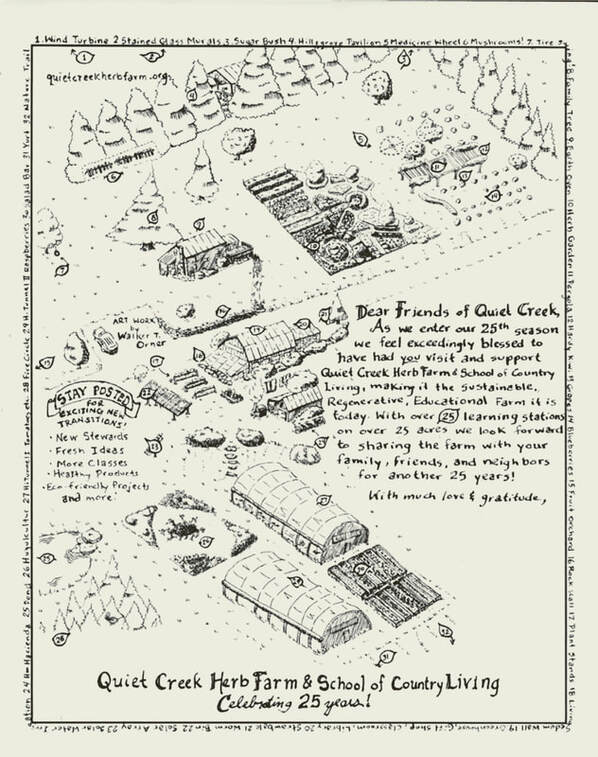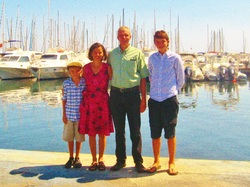
Seven months ago we arrived in Harmons, Jamaica ready to serve and enjoy our sabbatical. We built houses, hauled water, ate jerked chicken pizzas, and climbed up stickman’s mountain. Four months later we waved goodbye to maul hauling, mango munching , red Jamaican soil, and our close friends promising to return. With only two weeks to see our friends and family we returned and left Quiet Creek wishing we could have stayed longer, but excited for the next part of our learning experience.
We arrived in Corsica, France exhausted and ready for a little vacation time. Although it wasn’t long, we needed a place to appease our bodies’ craving for hard work. Serendipitously we met three great friends: Albrecht, Steffi and Bianca who gave us many opportunities to serve on their herbal farm. In addition, we traveled around the most beautiful and diverse island we have ever witnessed. With the help of our new friend Benjamin, we learned French and chemistry.
We experienced the Mediterranean Diet to its fullest, finding fruit and vegetable stands every few kilometers, instead of fast food shop or convenient stores. Eating nuts, fruits, olive oil, yogurt, and vegetables every day, we have grown healthier with good nutrition and exercise. The European lifestyle has encouraged bicycling, walking, swimming or hiking every day.
Now at the end of our sabbatical we looked back on our expectations. Ashton says, “My view of our sabbatical has changed because I never knew about all the wonderful things that could happen. Throughout it there has been amazing surprises seeing the world through the eyes of humans in other cultures. During this sabbatical there has been all sorts of different exploration, such as meeting nice people, seeing pretty scenery, being happy, being sad, facing fears, but most of all having fun no matter what was involved. I recommend it to everyone greatly, they are loads of adventure.”
Walker states, “I think that I have fulfilled my expectations for the definition of a sabbatical. My family and I have not only seen several parts of the world, we also viewed them through people’s eyes of different cultures. We lived vastly different life styles and learned loads of new recipes. We have jumped (or fallen) way out of our comfort zones, for example, visiting the infirmary or climbing down the cascade. Overall I am very glad we had this amazing opportunity and I highly recommend it.”
Claire reflects “it was important to me to experience the grass being greener in other parts of the world. Now I will bring that green grass back to where I live to share and to appreciate with others. I’m so content to have gone and to now return to Quiet Creek to serve in all capacities of my life. Our family will genuinely laugh and cry harder with God’s blessings and challenges.”
Rusty sums up “These seven months contain some of the richest moments of my lifetime. Building relationships with my family tops the list. Together we enjoyed sharing life with a multitude of people who were strangers the day before we met and lifelong friends the day after. This time has given me an appreciation for the great things the world has to offer, I’ve never seen such breathtaking vistas or taken time to know Gods awesome love in other people. ”
The long term rewards do outweigh the short term challenges we faced in taking this sabbatical. Our lives have been changed by the lives we have changed. Thank you for journeying with us, learning from our experiences, and do consider doing the same in your life.
We arrived in Corsica, France exhausted and ready for a little vacation time. Although it wasn’t long, we needed a place to appease our bodies’ craving for hard work. Serendipitously we met three great friends: Albrecht, Steffi and Bianca who gave us many opportunities to serve on their herbal farm. In addition, we traveled around the most beautiful and diverse island we have ever witnessed. With the help of our new friend Benjamin, we learned French and chemistry.
We experienced the Mediterranean Diet to its fullest, finding fruit and vegetable stands every few kilometers, instead of fast food shop or convenient stores. Eating nuts, fruits, olive oil, yogurt, and vegetables every day, we have grown healthier with good nutrition and exercise. The European lifestyle has encouraged bicycling, walking, swimming or hiking every day.
Now at the end of our sabbatical we looked back on our expectations. Ashton says, “My view of our sabbatical has changed because I never knew about all the wonderful things that could happen. Throughout it there has been amazing surprises seeing the world through the eyes of humans in other cultures. During this sabbatical there has been all sorts of different exploration, such as meeting nice people, seeing pretty scenery, being happy, being sad, facing fears, but most of all having fun no matter what was involved. I recommend it to everyone greatly, they are loads of adventure.”
Walker states, “I think that I have fulfilled my expectations for the definition of a sabbatical. My family and I have not only seen several parts of the world, we also viewed them through people’s eyes of different cultures. We lived vastly different life styles and learned loads of new recipes. We have jumped (or fallen) way out of our comfort zones, for example, visiting the infirmary or climbing down the cascade. Overall I am very glad we had this amazing opportunity and I highly recommend it.”
Claire reflects “it was important to me to experience the grass being greener in other parts of the world. Now I will bring that green grass back to where I live to share and to appreciate with others. I’m so content to have gone and to now return to Quiet Creek to serve in all capacities of my life. Our family will genuinely laugh and cry harder with God’s blessings and challenges.”
Rusty sums up “These seven months contain some of the richest moments of my lifetime. Building relationships with my family tops the list. Together we enjoyed sharing life with a multitude of people who were strangers the day before we met and lifelong friends the day after. This time has given me an appreciation for the great things the world has to offer, I’ve never seen such breathtaking vistas or taken time to know Gods awesome love in other people. ”
The long term rewards do outweigh the short term challenges we faced in taking this sabbatical. Our lives have been changed by the lives we have changed. Thank you for journeying with us, learning from our experiences, and do consider doing the same in your life.
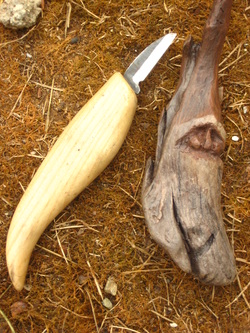
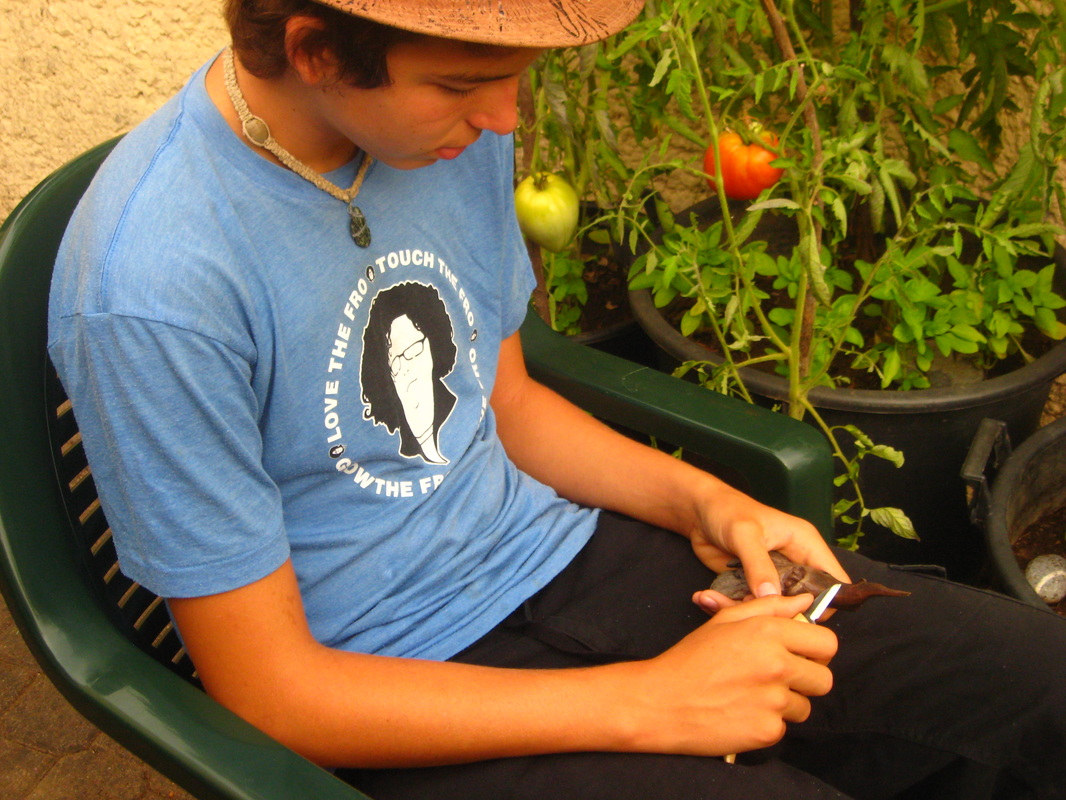
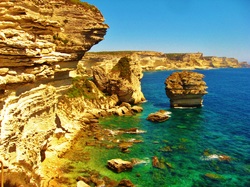
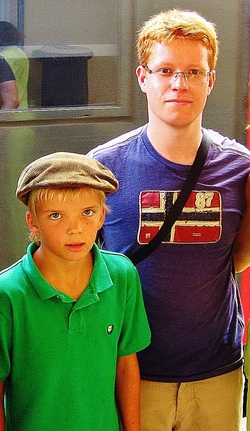
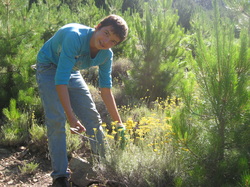
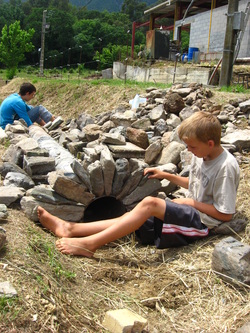
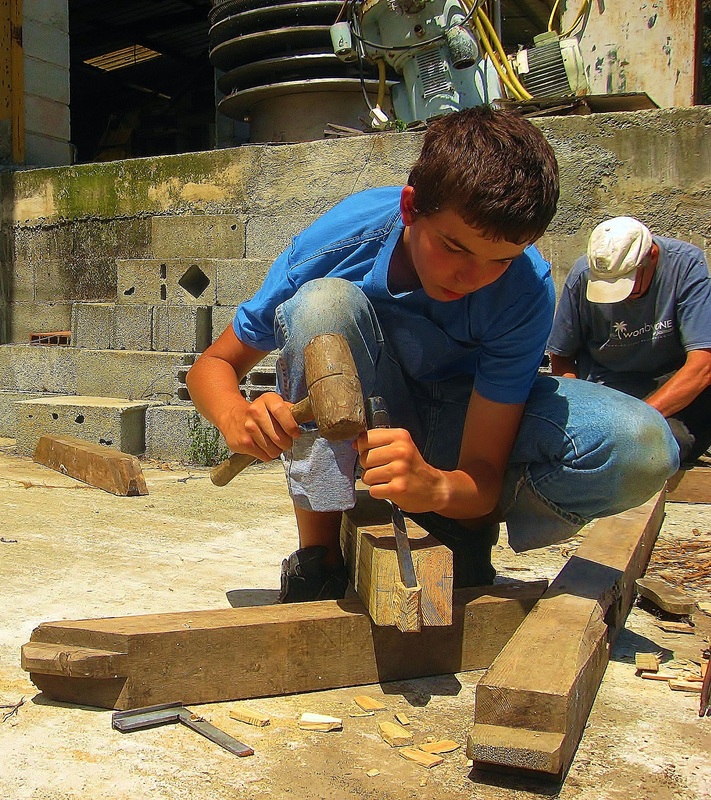

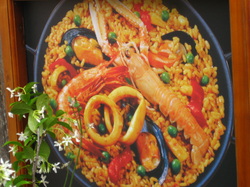
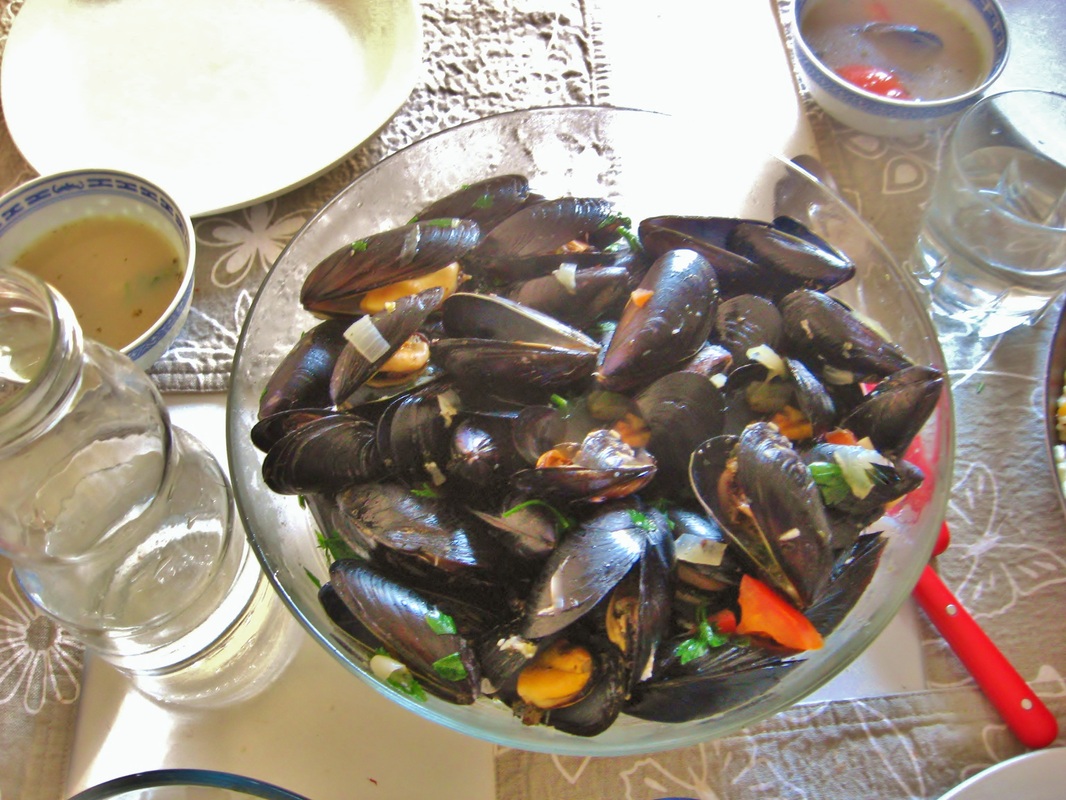

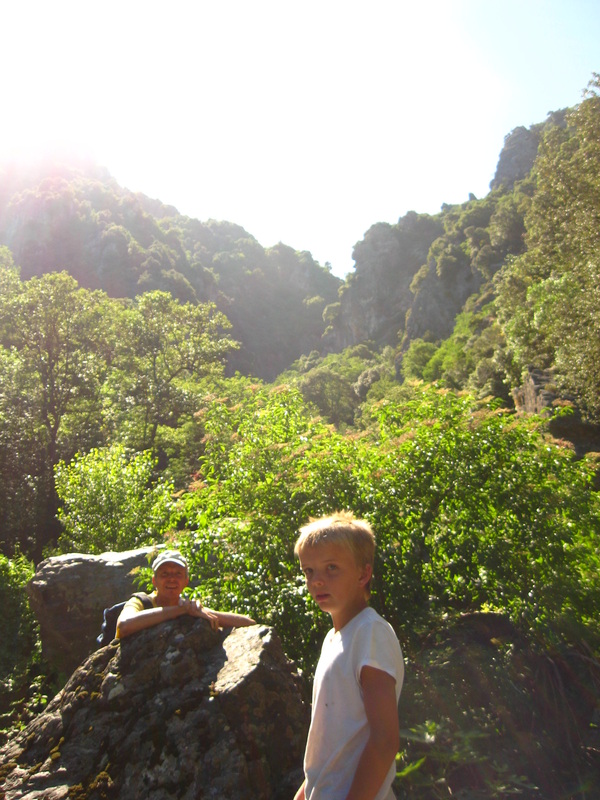
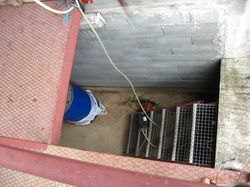
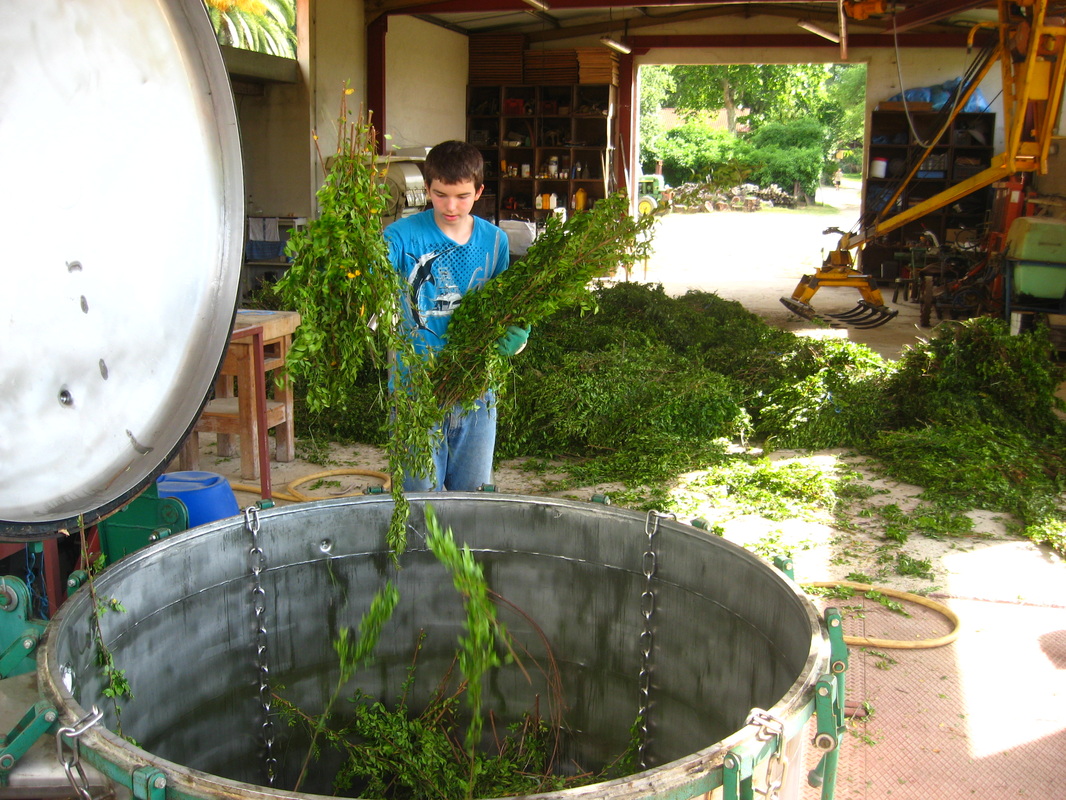
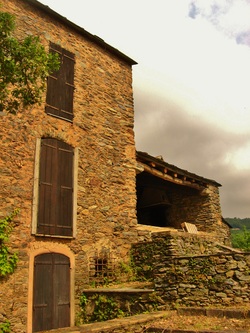
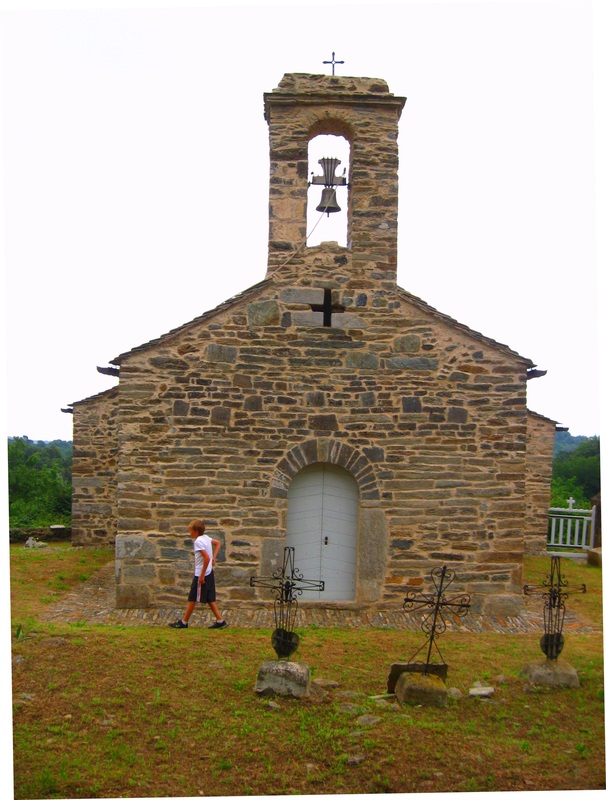
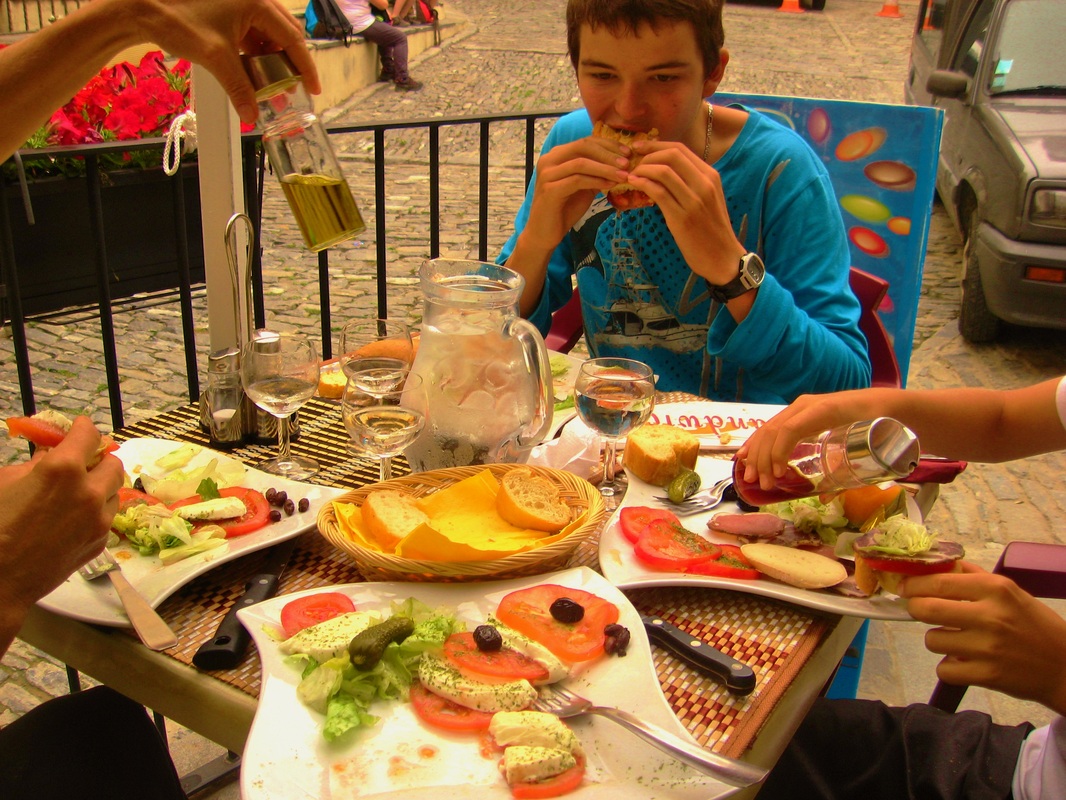
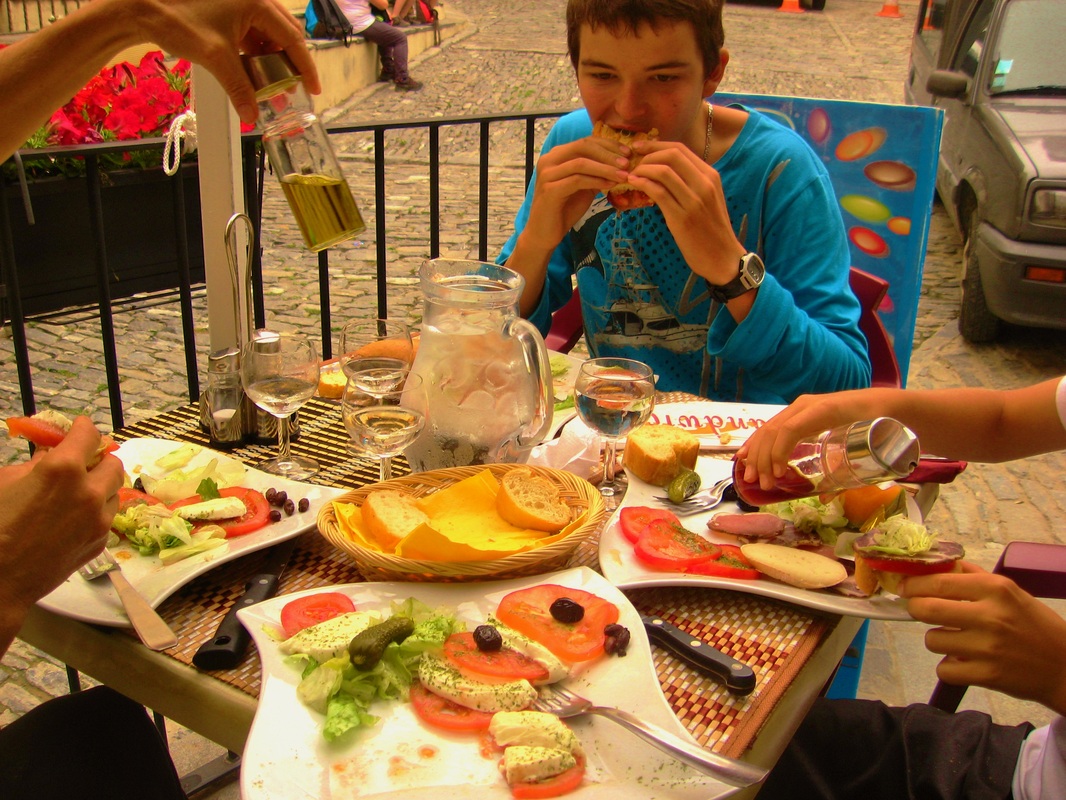
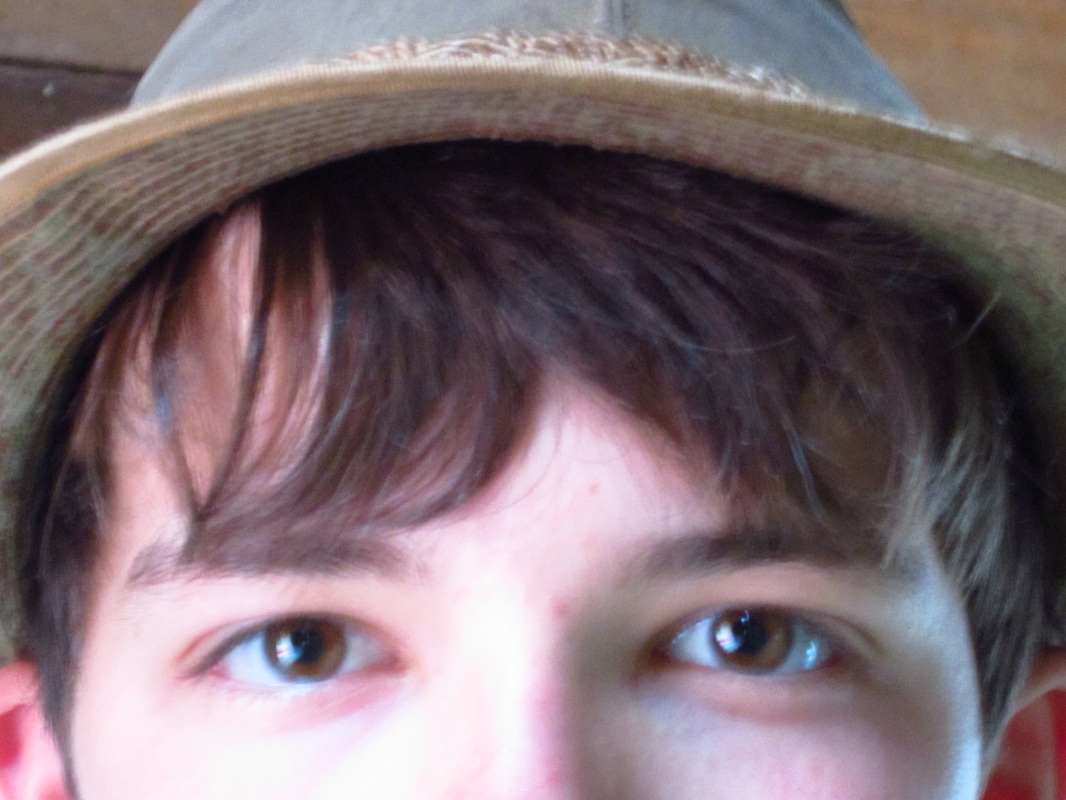
 RSS Feed
RSS Feed
